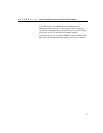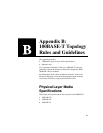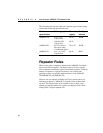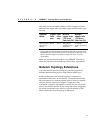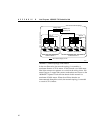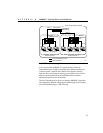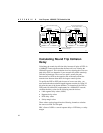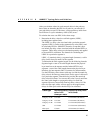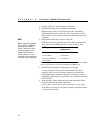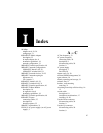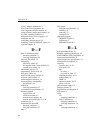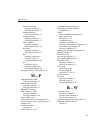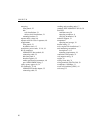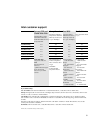
APPENDIX B Intel Express 100BASE-TX Stackable Hub
46
2. Add the LSDVs for all the segments in the path.
3. Determine the delay for each repeater in the path.
Repeater delay values are specified in bit times. The default
maximum repeater delay value for a Class 1 repeater is 140 bit
times. There is a one repeater maximum for networks using Class
I repeaters.
4. Determine the DTE delay values for the path.
DTE delay values are specified in bit times. The maximum DTE
delay values for the different DTEs in a path are shown here:
DTE types Maximum round trip
delay value
Two TX/FX DTEs 100 bit times
Two T4 DTEs 138 bit times
One TX/FX DTE and
one T4 DTE
✝
127 bit times
✝
Worst case values are used (TX/FX values for MAC transmit start and MDI
input to collision detect); T4 value for MDI input to MDI output.
5. Determine the appropriate safety margin for the path.
A safety margin of 4 bit times is recommended. This safety
margin is used to provide additional margin to accommodate
unanticipated delay elements in the path. If 4 bit times is not an
appropriate safety margin for your path, you can choose between 0
and 5 bit times.
6. Insert the delay values determined using the calculations listed
above into the following PDV expression:
Sum of LSDVs + sum of repeater delays + DTE delay + safety margin
If the PDV is less than 512 bit times, the path is qualified in terms
of worst-case path delay.
NOTE
Media Independent Interface
(MII) cables for 100BASE-T
devices do not exceed 0.5
meters. These delay values
are incorporated into the
repeater and DTE delay
values, therefore, it is not
necessary to calculate the MII
cable delay values separately.




